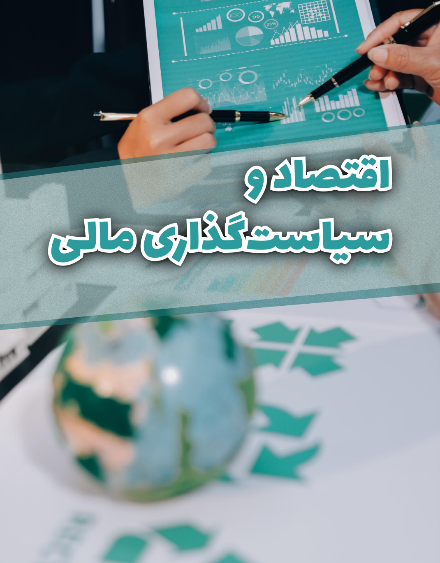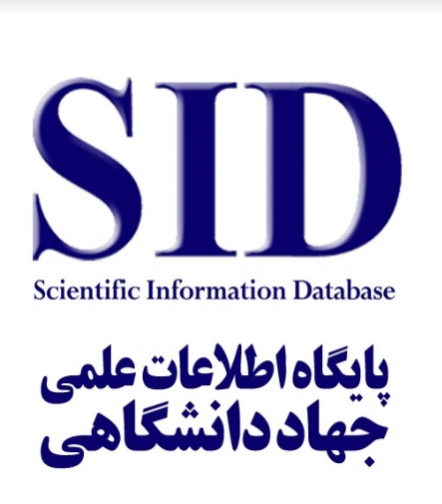ارائه مدل ترازنامه بهینه بانک با لحاظ نمودن ریسک
کلمات کلیدی:
ریسک, ترازنامه, تسهیلات دولتی و خصوصی, سود بانک, تأمین مالیچکیده
هدف این پژوهش ارائه الگویی در خصوص ترازنامه بهینه بانکها با لحاظ نمودن ریسک است. در این پژوهش از اطلاعات صورتهای مالی بانک شامل ترازنامه و سود و زیان برای 2 سال 1401 و 1402 استفاده میشود. ابتدا مدلسازی اقلام ترازنامه صورت میگیرد، سپس ارتباط اقلام ترازنامه مانند تسهیلات دولتی و خصوصی، تسهیلات شبانه، سرمایهگذاریها به شاخصهای سود و زیان و ارتباط اقلام ترازنامه به ریسکهای مربوطه انجام میپذیرد. ریسکهای مورد بررسی شامل ریسکهای اعتباری، عملیاتی، بازار و نقدینگی است. در پایان بهینهسازی معادلات بر اساس بیشینهکردن سود بانک و کاهش ریسک باتوجهبه محدودیتهای مالی و تطبیقی صورت میگیرد. این الگو به بانکها کمک میکند که در کنار کاهش ریسکها بیشترین بازدهی را از داراییهای خود کسب نمایند. درعینحال این مدل با بهبود و اصلاح ترازنامه بانکها امکان تأمین مالی بهتر و کارآمدتر بنگاهها توسط بانکها را فراهم میسازد.
دانلودها
مراجع
Darabi, R., & Molaei, A. (2011). The effect of liquidity transformation, inflation, capital preservation, and gross domestic product on the profitability of Bank Mellat.
Deng, L., Lv, Y., Liu, Y., & Zhao, Y. (2021). Impact of fintech on bank risk-taking: Evidence from China. Risks, 9(5), 99.
Di, L., Yuan, G. X., & Zeng, T. (2021). The consensus equilibria of mining gap games related to the stability of Blockchain Ecosystems. The European Journal of Finance, 27(4-5), 419-440.
Esmaeilzadeh, A., & Amiri, H. (2015). Review of modern financing instruments and practical strategies for their implementation in Bank Tejarat. Financial Economics (Eghtesad-e Maliy), 9, 11–19.
Fuster, A., Plosser, M., Schnabl, P., & Vickery, J. (2019). The role of technology in mortgage lending. The Review of Financial Studies, 32(5), 1854-1899.
Ghasemian, A. (2014). Financing small and medium-sized enterprises. Iran Chamber of Commerce, Industries, Mines, and Agriculture – Deputy of Economic Studies.
Gomber, P., Koch, J. A., & Siering, M. (2017). Digital Finance and FinTech: current research and future research directions. Journal of Business Economics, 87, 537-580.
Hofmann, E., Strew, M. U., & Bosia, N. 2018. Supply Chain Finance and BlockchainTechnology the Case of Reverse Securitisation. Springer, Berlin.
Hu, D., Zhao, S., & Yang, F. (2022). Will fintech development increase commercial banks' risk-taking? Evidence from China. Electronic Commerce Research, 1-31.
Karami, A., & Esmaeil Pourmoghadam, H. (2024). The effect of banking financial technology on financial stability in Iran’s banking industry. Stable Economy (Eghtesad-e Basabat), 5(2), 123–150.
Kouhi Lilan, B., Dabbagh, R., Keyalhosseini, S. Z., & Rahbar, F. (2021). Examining the impact of factors affecting the stability of the banking system in selected MENA region countries. Development and Capital Journal (Tose’e va Sarmaye), 6(1), 1–18.
Li, C., He, S., Tian, Y., Sun, S., & Ning, L. (2022). Does the bank’s FinTech innovation reduce its risk-taking? Evidence from China’s banking industry. Journal of Innovation & Knowledge, 7(3), 100219.
Mirzaei, L., Abbasi, E., & Tarahomi, F. (2023). Examining the factors affecting the financing of small and medium-sized enterprises in the Tehran Stock Exchange. Asset Management and Financing (Modiriat-e Darayi va Tamin-e Maliy), 11(2), 95–114.
Mosleh Shirazi, A. N., & Khalifeh, M. (2017). Simulation and policy-making of internal and external financing problems for small and medium-sized enterprises using a system dynamics approach. Asset Management and Financing (Modiriat-e Darayi va Tamin-e Maliy), 5(2), 69–92.
Mostafazadeh, A. (2015). Financing model for small and medium-sized enterprises: An analysis of the concept and importance of financing SMEs. Islamic Consultative Assembly Research Center, Office of Economic Studies.
Nie, Z., Ling, X., & Chen, M. (2023). The power of technology: FinTech and corporate debt default risk in China. Pacific-Basin Finance Journal, 78, 101969.
Panos, G. A., & Wilson, J. O. (2020). Financial literacy and responsible finance in the FinTech era: capabilities and challenges. The European Journal of Finance, 26(4-5), 297-301.
Radfar, M. R., Karimkhani, M., & Aliqoli, M. (2020). Examining the relationship between bank size and capital with systemic risk in banks listed on the stock exchange. Financial Management Strategy (Estrateji-ye Modiriat-e Maliy), 8(1), 163–176.
Rahimi, R., Sarraf, F., Jafari, M., & Safavi, B. (2013). Implementation of fintech technologies and systemic risks in the banking network.
Rohani Rad, S. (2020). Fintech: Research in Iran and the world. Quarterly Journal of Science and Technology Policy (Faslname-ye Siyasat-e Elm va Fanavari), 10(1), 75–94.
Suryono, R. R., Budi, I., & Purwandari, B. (2020). Challenges and trends of financial technology (Fintech): a systematic literature review. Information, 11(12), 590.
Thakor, A. V. (2020). Fintech and banking: What do we know? Journal of financial intermediation, 41, 100833.
Wang, X., Cao, Y., Feng, Z., Lu, M., & Shan, Y. (2023). Local FinTech development and stock price crash risk. Finance Research Letters, 53, 103644.
Zhao, J., Li, X., Yu, C. H., Chen, S., & Lee, C. C. (2022). Riding the FinTech innovation wave: FinTech, patents, and bank performance. Journal of International Money and Finance, 122, 102552.



